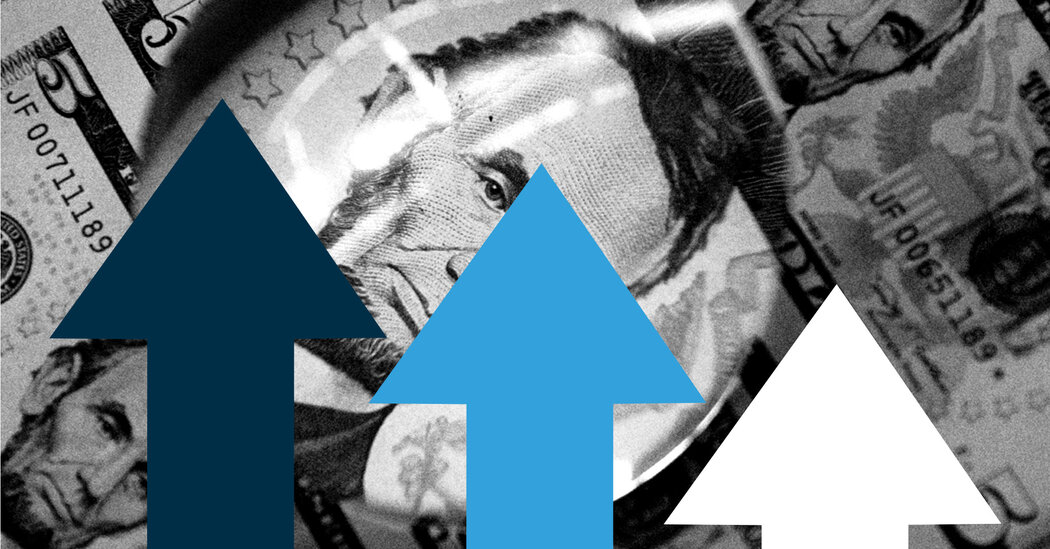
Up North
Annual spending in the Union reached a staggering 16 times its prewar budget. Despite the need for funds, there was great fear in Congress of increasing taxes because of Americans’ well-known antipathy to taxation.
But Salmon P. Chase, the fiscally conservative Treasury secretary, was mortally afraid of inflation. He recognized that without revenue the government would have to resort to the printing press. After the southern states seceded, interest rates on the country’s debt soared and foreigners refused to lend.
Thaddeus Stevens, the chair of the House Ways and Means Committee, went further than Mr. Chase imagined by inventing an entirely new tax code. Previously, the Union had funded itself with tariffs on foreign trade, which it raised several times. Alongside that it created a system of “internal taxes,” on everything from personal income to leaf tobacco, liquor, slaughtered hogs and fees on auctioneers. Congress also created a new bureau to collect taxes, a forerunner of the Internal Revenue Service, underscoring its commitment to raising revenue this way.
Mr. Stevens had no idea how much revenue the taxes would raise, or if people would even pay them. (“Everything on the earth and under the earth is to be taxed,” one Ohioan groused.) But by 1865, the Treasury netted $300 million from customs and internal taxes — six times its prewar tax revenue.
That revenue helped moderate the inflation created by the issuance of “greenbacks,” notes that circulated as money, to pay for the war. The country’s credit improved and Mr. Chase was able to borrow prodigious sums. Ultimately, inflation in the Union was no greater than during the two World Wars in the following century.
Down South
The Confederacy faced similar financial challenges. Christopher Memminger, its German-born Treasury secretary, warned that printing notes was “the most dangerous of all methods of raising money.” But the South was ideologically opposed to taxation, especially by the central government.
Inflation F.A.Q.
What is inflation? Inflation is a loss of purchasing power over time, meaning your dollar will not go as far tomorrow as it did today. It is typically expressed as the annual change in prices for everyday goods and services such as food, furniture, apparel, transportation and toys.
The South approved a very modest tax (half a percent on real estate), but collection was left to the states and few tried to collect it. With cotton shipments to Europe pinched by the Union blockade, Mr. Memminger soon found he had little choice but to print notes to cover the cost of the war. These inflated at a catastrophic rate.


More Stories
Ronny J and Branden Condy were recently spotted together in front of LIV club in Miami Beach, FL
Abu Dhabi Sustainability Week to host first Green Hydrogen Summit
IDEX, NAVDEX to showcase fast-changing defence sector